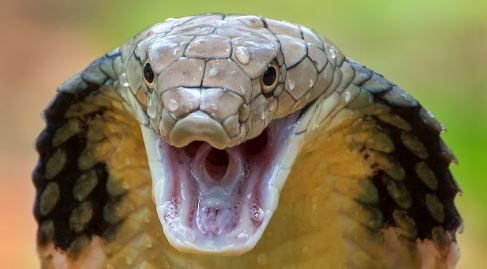
Most Snakes of India
India harbors a number of very dangerous snakes, several of which can be very dangerous to people because of their strong venom and even their wide distribution. The list below gives the most venomous Indian snakes, called the Big Four (and a couple of others), with descriptions of their characteristics, habitat and venom effects.
Naja naja (Indian Cobra)
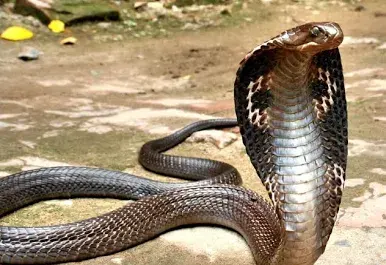
Description: It is also referred to as the spectacled cobra because of the hood markings that look like a pair of spectacles and has a slim body of a length of 1.8-2.2 meters. It is black to brown, yellowish, or grey and and some of its features include that it has a hood that swells when in danger.
Habitat: Occurring in forests, fields and throughout India in and around towns and along water bodies. More comfortable in harboring under woodland vegetation and towns.
Venom: Neurotoxic, that is, it enters the nervous system and leads to paralysis, respiratory failure, and even death without medical attention. The symptoms are weak muscles, low respiration and sinking eyelids.
Bite Risk: It is a common cause of death from snake bites in India because it is found near human habitation.
Antivenom: There is an antidote, but it must be administered very quickly.
Common Krait (Bungarus caeruleus)

Description: It is a thin snake, 0.9-1.5 meters long, with a shiny black or bluish-black body and some white or cream-colored bands, which are lost later in their life. It has a small head and is nocturnal and therefore difficult to see.
Habitat: common throughout India, in the fields and forests and village vicinity, with a particular affinity to dwell in a termite hill or in the refuse.
Venom: Extremely powerful neurotoxin, involving paralysis of muscle and failure of breathing. The bites usually happen at night, and in most cases, the bitees are not aware of the bite, hence the delayed treatment.
Bite Risk: It is extremely dangerous because it has a strong venom as well as a nocturnal level. Most of the bites are made when individuals trample on kraits or hold them unaware.
Antivenom: Works well, but delayed treatment puts an individual at a higher risk of fatality.
Russell’s Viper (Daboia russelii)
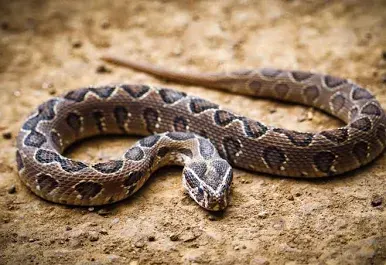
Description: Thick Snake, 1.2-1.8m long, with a triangular-shaped head; the body is irregularly colored brown or yellowish, distinguished by the colors with dark oval spots on the border of black or white. Its hiss is threatening.
Habitat: Open fields, grasslands and agricultural tracts throughout India; habitats are usually near human habitats.
Venom: Hemotoxic; has the potential to cause extreme and profuse bleeding and tissue destruction, leading to organ failures. Causes (bites) result in swelling of the affected area and pain, as well as possible kidney failure.
Bite Risk: It has been the cause of the maximum number of snakebite deaths in India because of is highly aggressive and mostly comes into contact with farmers.
Antivenom: Exists, but there are complications, such as kidney damage, that need special treatment.
Saw-scaled Viper (Echis carinatus)
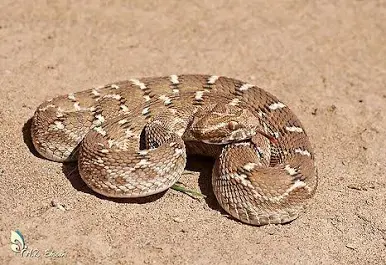
Description: It is a small snake, 0.3 to 0.9 meters in length, with a rough, keeled scale texture and a pear-shaped head. It has a brown or grey body decorum that is zigzag. It makes exclusive sizzling music by dragging its scales.
Habitat: Can be found in dry desert lands, arid climates and rocky areas all over India or even under rocks or burrowed holes.
Venom: Hemotoxic, produces extreme blood loss, clotting, and tissue damage. Venom is deadly even in small quantities.
Biting Potential: Extremely bad-tempered when provoked and is also small in size, thus easily overlooked and it usually bites.
Antivenom: Toxicine: Works well, but you must get it and administer it fast.,
King Cobra (Ophiophagus hannah)
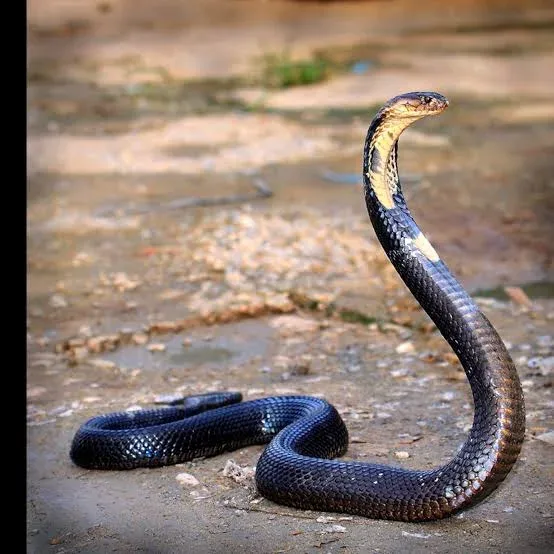
Description: The longest deadly snake in the world is 5.5 meters long. The body is slender and normally olive-green, black, or brown, and the hood has light bands. It can rear up its body on a threat.
Habitat: Located in forests, jungles and hilly areas of India, especially in the Western Ghats, Northeast and the Andaman Islands.
Venom: Neurotoxic and releases huge amounts that may lead to instantaneous paralysis and death. One bite of it can kill more than one person unless treated.
Bite Risk: Not as common because it likes to live in distant areas, but exceptionally dangerous in cases where it is encountered.
Antivenom: It is available, but in large quantities of venom, its use necessitates increased or higher doses.


